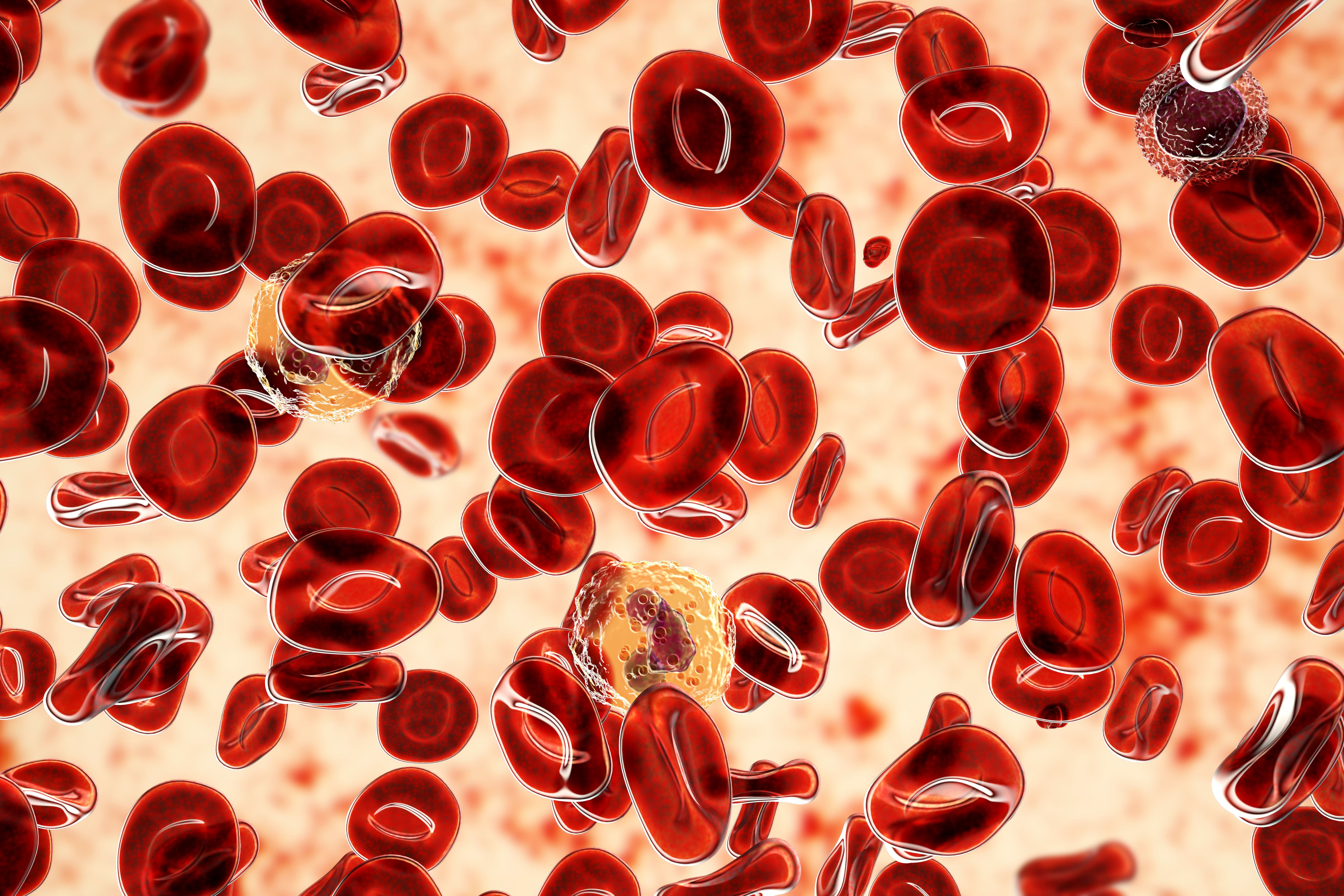Article
Multiple Myeloma Rates in China Align With Other Asian Countries
Author(s):
In a major study of a Chinese medical insurance database, investigators found the prevalence and incidence of the disease in China is similar to those of its neighbors, but lower than countries in the West.
Multiple myeloma accounts for 13% of hematologic cancers, and yet the prevalence of incidence of the disease in China has remained something of a mystery.
Now, a new study puts a number on the size of the problem—about 6 people per 100,000 people in China have the disease. The data put China in line with other countries in eastern Asia, but below the rate of the cancer in North America, western Europe, and Australia.
The data were published last month in Frontiers in Oncology.
Siyan Zhan, MD, PhD, of the School of Public Health and Peking University, in China, said despite the growing prevalence of MM, data has remained obscure in much of the developing world.
“During the last decades, MM has caused an increasing number of deaths globally. However, information on the epidemiology and disease burden of MM was limited, especially in the developing countries,” Zhan and colleagues wrote.
In the case of China, some research has been done, Zhan and colleagues wrote, but not at the breadth and depth necessary to draw broad conclusions. For instance, one previous study focused on one single city, and another calculated rates based on the composite outcome of MM and other lymphomas. However, none of those studies offered a holistic picture, nor did they generate estimates among different gender or age groups, or geographic regions.
In the new study, investigators used 5 years of data from the country’s national medical insurance database, ranging from the start of 2012 to the end of 2016. The patients covered in the sample were from 23 different provinces. The team used billing codes and searches for Chinese terms related to MM in order to identify as many cases as possible. Two researchers then independently reviewed each potential case of MM to make sure it met inclusion criteria. The final pool of enrollees totaled about half a billion patients, a majority of whom (59%) were male.
Nationally, the data showed the prevalence was 6.88 cases per 100,000 people, with men more likely than females to be diagnosed with the cancer (7.89 per 100,000, and 5.79 per 100,000, respectively).
In terms of incidence, the rate in 2016 was 1.60 per 100,000 person-years. Again, men had a higher incidence rate than women (1.84 versus 1.30 per 100,000 person-years).
In addition to a gender disparity, the study also found regional variations in rates. For instance, those in northern and eastern China had higher rates of the disease.
“Differences in genetic background, culture, climate, and lifestyle patterns might all contribute to disparities across regions,” Zhan and colleagues said.
They also noted that the median age of a person at diagnosis in China (58 years old) was a decade younger than the median age among Caucasians. While there could be multiple reasons for that, the authors said one possible explanation is “that the age of diagnosis for MM seems to be closely related to the mean life expectancy in corresponding regions. Indeed the current age of diagnosis in China is very similar to that in USA about 20 years ago.”
In addition to quantifying the problem in China, Zhan and colleagues said another goal was simply to raise awareness more broadly of the problem of MM.
“MM should be one of the cancers in the spotlight from both medical and socioeconomic perspectives in low-resource but populous countries because of the incidence of more elderly MM patients in the next decade,” they wrote. “Further research is warranted to examine the potential pathophysiologic mechanism.”
Reference
Wang S, Xu L, Feng J, et al. Prevalence and incidence of multiple myeloma in urban area in China: A national population-based analysis [published online January 24, 2020]. Front Oncol. doi:10.3389/fonc.2019.01513





